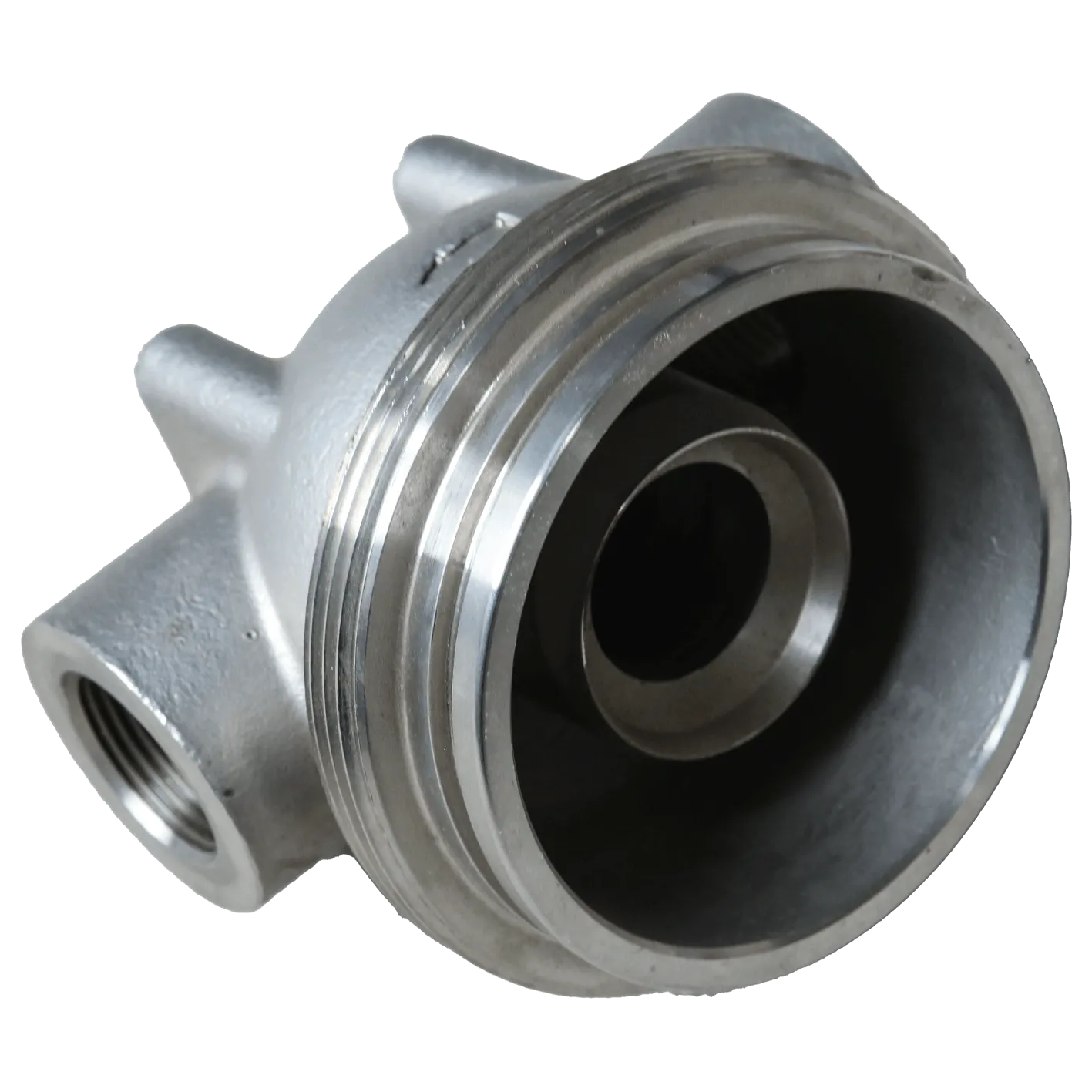Mobile:+86-311-808-126-83
Email:info@ydcastings.com
submersible pump hose connector
Understanding Submersible Pump Hose Connectors An Essential Component for Efficient Water Management
In various industrial, agricultural, and residential settings, submersible pumps play a vital role in water management. Whether it's for draining flooded areas, irrigation, or managing water in swimming pools, these pumps are designed to operate underwater. A crucial element that often goes unnoticed in the operation of submersible pumps is the hose connector. This article explores the purpose, types, and considerations associated with submersible pump hose connectors.
The Role of Hose Connectors
Submersible pump hose connectors serve as the interface between the pump discharge and the hose used for transporting water. They ensure secure and leak-free connections, which are essential for the efficient operation of the pumping system. A well-fitted hose connector facilitates smooth water flow, minimizing the chances of suction loss or pressure drops. This is particularly important in applications where maintaining consistent water delivery is crucial.
Types of Hose Connectors
Understanding the various types of hose connectors available can help users select the right one for their specific needs. Here are some common types
1. Threaded Connectors These are among the most common types of hose connectors. They feature male and female threads that enable secure attachment to the pump and hose. Threaded connectors can vary in size and material (such as plastic or stainless steel), which allows for adaptability across different systems.
2. Cam Lock Connectors Popular in industrial applications, cam lock connectors provide a quick and easy way to connect and disconnect hoses without the need for tools. Their design allows for secure locking, making them ideal for heavy-duty tasks where frequent hose changes are necessary.
3. Slip Fit Connectors These connectors utilize a simple slip-on mechanism that allows for quick attachment. While they are easy to use, their sealing capabilities can vary, making them more suited for low-pressure applications.
4. Flanged Connectors Ideal for larger systems and high-pressure applications, flanged connectors provide a robust interface between hoses and pumps. They use bolts to secure the connection, ensuring durability and resistance to disconnections due to pressure spikes.
Material Considerations
submersible pump hose connector

When choosing a submersible pump hose connector, the material is an important factor
. Common materials include- PVC (Polyvinyl Chloride) Lightweight and cost-effective, PVC connectors are suitable for many applications, although they may not withstand extreme pressures or temperatures. - Rubber Flexible and durable, rubber connectors are excellent for varied applications, especially where the hose may be moving or bending during use.
- Stainless Steel For heavy-duty applications, stainless steel connectors are corrosion-resistant and can handle high pressures and temperatures. They are a reliable choice for long-term use in harsh environments.
Installation and Maintenance
Proper installation and regular maintenance of hose connectors are crucial for their longevity and performance. Here are some tips
- Ensure Compatibility Before purchasing a connector, verify that it is compatible with both the pump and hose sizes. Mismatched sizes can lead to leaks and inefficient operation.
- Inspect Regularly Regular inspections help in identifying any signs of wear, cracks, or corrosion. Early detection can prevent major issues before they escalate.
- Use Teflon Tape For threaded connectors, applying Teflon tape can help create a better seal and prevent leaks.
- Monitor Performance Keep an eye on the pump's performance. Unusual noises, vibrations, or fluctuations in water flow can indicate issues with the connector or other components.
Conclusion
Submersible pump hose connectors may seem like small components in the larger scheme of water management, but their significance cannot be overstated. By selecting the right type of connector, utilizing appropriate materials, and ensuring proper installation and maintenance, users can enhance the efficiency and reliability of their submersible pumping systems. Whether in home settings, agriculture, or industrial applications, investing time and resources in these connectors will lead to improved water management outcomes.
-
Why Should You Invest in Superior Pump Castings for Your Equipment?NewsJun.09,2025
-
Unlock Performance Potential with Stainless Impellers and Aluminum End CapsNewsJun.09,2025
-
Revolutionize Your Machinery with Superior Cast Iron and Aluminum ComponentsNewsJun.09,2025
-
Revolutionize Fluid Dynamics with Premium Pump ComponentsNewsJun.09,2025
-
Optimizing Industrial Systems with Essential Valve ComponentsNewsJun.09,2025
-
Elevate Grid Efficiency with High-Precision Power CastingsNewsJun.09,2025











